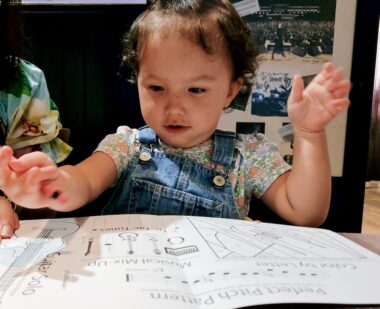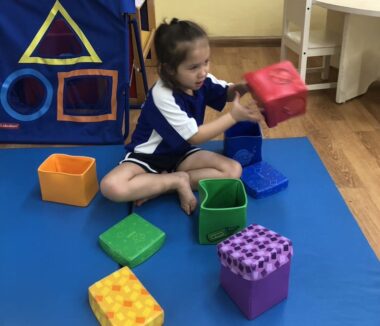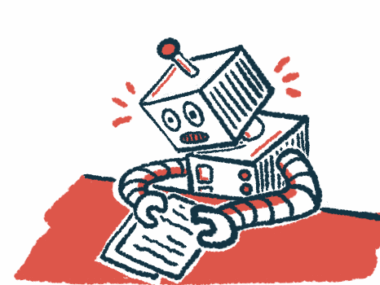Pursuing academic success: Why inclusive education is important
The classrooms that promote better learning and social-emotional well-being
Written by |

Some may think it’s all right or even supportive to temporarily take a group of struggling students out of the classroom for focused intervention. In all of the schools where I’ve worked, students were pulled out of their general education environment and sent to a room with similar students to learn together.
It turns out this is not supportive and affects student success.
Protecting the rights of children with disabilities
The Individuals with Disabilities Education Act (IDEA) is a U.S. law to guarantee that students with a disability have access to free public education that meets their needs. Recently, IDEA has been calling for greater inclusion.
IDEA now mandates that students with disabilities receive support in the “least restrictive environment.” This update means that the learning support does not interfere with their social and emotional development.
What it isn’t
To better understand what inclusive education is, it’d be helpful to understand what isn’t inclusive.
Exclusion means a certain group of students is not permitted in the classroom. Unfortunately, that was the case at a previous private school where my wife and I worked. Our daughter, Rylae-Ann, was born with aromatic l-amino acid decarboxylase (AADC) deficiency. The school was not equipped to handle the disease’s debilitating symptoms. While the school was justified in their decision, we decided to move to another school.
Segregation is when similar students are grouped together and removed from the main group. This is how a traditional learning support model works. Struggling students are removed from the general education setting for part of the day to receive instruction.
Integration in schools is actually similar to segregation. The students remain in the general education setting, but are grouped together. That’s a step toward inclusion. Rylae-Ann’s current school uses this approach. A learning support teacher visits her in the classroom three times a week in what is known as push-in support. During push-in support, Rylae-Ann receives a separate lesson.
Inclusion is when all students, regardless of differences, are in the same classroom and can all access the learning. There are equal opportunities for all students to receive education.

When Rylae-Ann was excluded from school, her parents continued her education at home. (Photo by Richard E. Poulin III)
Inclusion provides greater results
A study published last year in The Journal of Special Education suggests that students who qualified for special education services and spent 80% of instructional time in an inclusive, general education environment showed greater academic performance compared with those in a push-in (integration) or pull-out (segregation) model.
There’s nothing evil about separate accommodations, but they should only be used when all other options have been exhausted. The preferred structure should be to keep students in the general education environment.

Today, Rylae-Ann has a more inclusive educational setting, which has aided in her progress. (Photo by Richard E. Poulin III)
Universal Design for Learning
The outdated support model is, thankfully, changing. One inclusive approach happening in more schools is known as Universal Design for Learning, or UDL.
When you think about inclusive education, it may seem difficult to accomplish. A common concern is how it’s possible to teach one lesson to all students, despite varying needs and learning styles. However, it’s not about finding one way to teach all students.
UDL uses several teaching methods and strategies while seeking to remove barriers to learning. The learning is flexible. Instead of students adjusting to the curriculum, the curriculum adjusts to the students. We all learn and think differently, so this format benefits all students.
An inspiring quote often attributed to Albert Einstein perfectly sums it up: “Everybody is a genius. But if you judge a fish by its ability to climb a tree, it will live its whole life believing that it is stupid.”
As you seek education for your child, choose inclusion. Interview the teachers and find a team that supports inclusive education. Not only does it produce greater academic success, but it also improves your child’s social and emotional well-being.
Note: AADC News is strictly a news and information website about the disease. It does not provide medical advice, diagnosis, or treatment. This content is not intended to be a substitute for professional medical advice, diagnosis, or treatment. Always seek the advice of your physician or other qualified health provider with any questions you may have regarding a medical condition. Never disregard professional medical advice or delay in seeking it because of something you have read on this website. The opinions expressed in this column are not those of AADC News or its parent company, Bionews, and are intended to spark discussion about issues pertaining to aromatic l-amino acid decarboxylase deficiency.







Leave a comment
Fill in the required fields to post. Your email address will not be published.